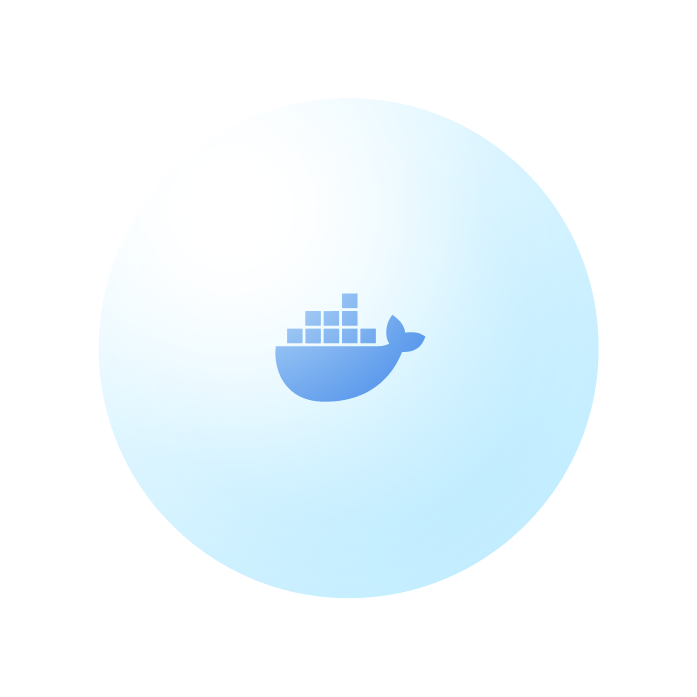
We ensure a seamless Jira deployment, configuring it to align with your business processes for optimal workflow management.
Enhance efficiency with tailored automation rules, reducing manual work and ensuring smooth task transitions.
Leverage Jira’s Agile and Scrum tools for sprint planning, backlog management, and real-time progress tracking.
Integrate Jira with essential tools like Confluence, Bitbucket, Slack, and third-party applications to create a connected ecosystem.
Gain valuable insights with customizable dashboards and reports to track team performance and project progress.
Secure your projects with customizable permissions, ensuring data privacy and access control based on user roles.
Seamlessly integrate our top-tier developers into your workflow.
Boost your team’s capabilities without the overhead of full-time hires.
Access on-demand expertise whenever you need it.
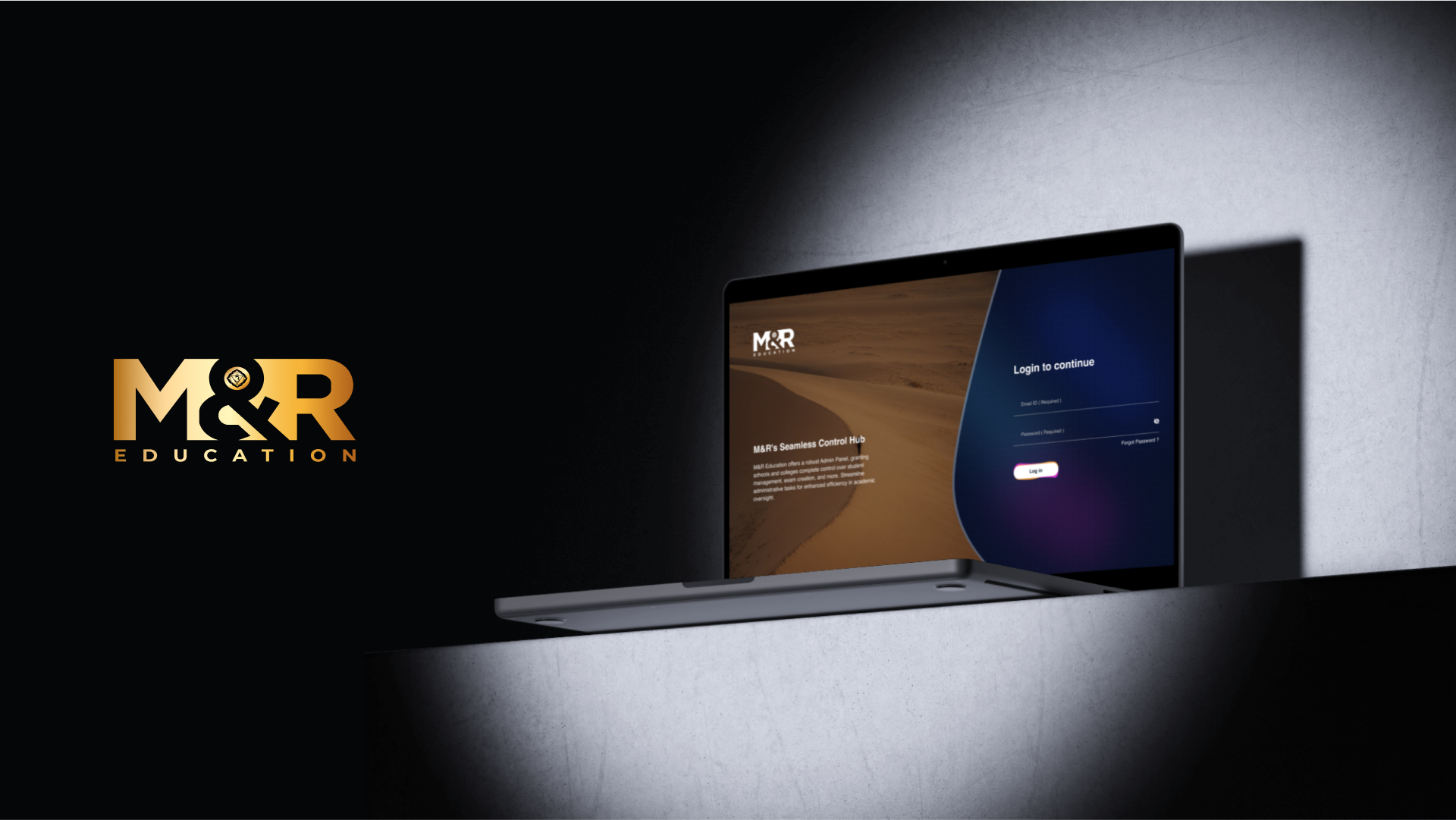

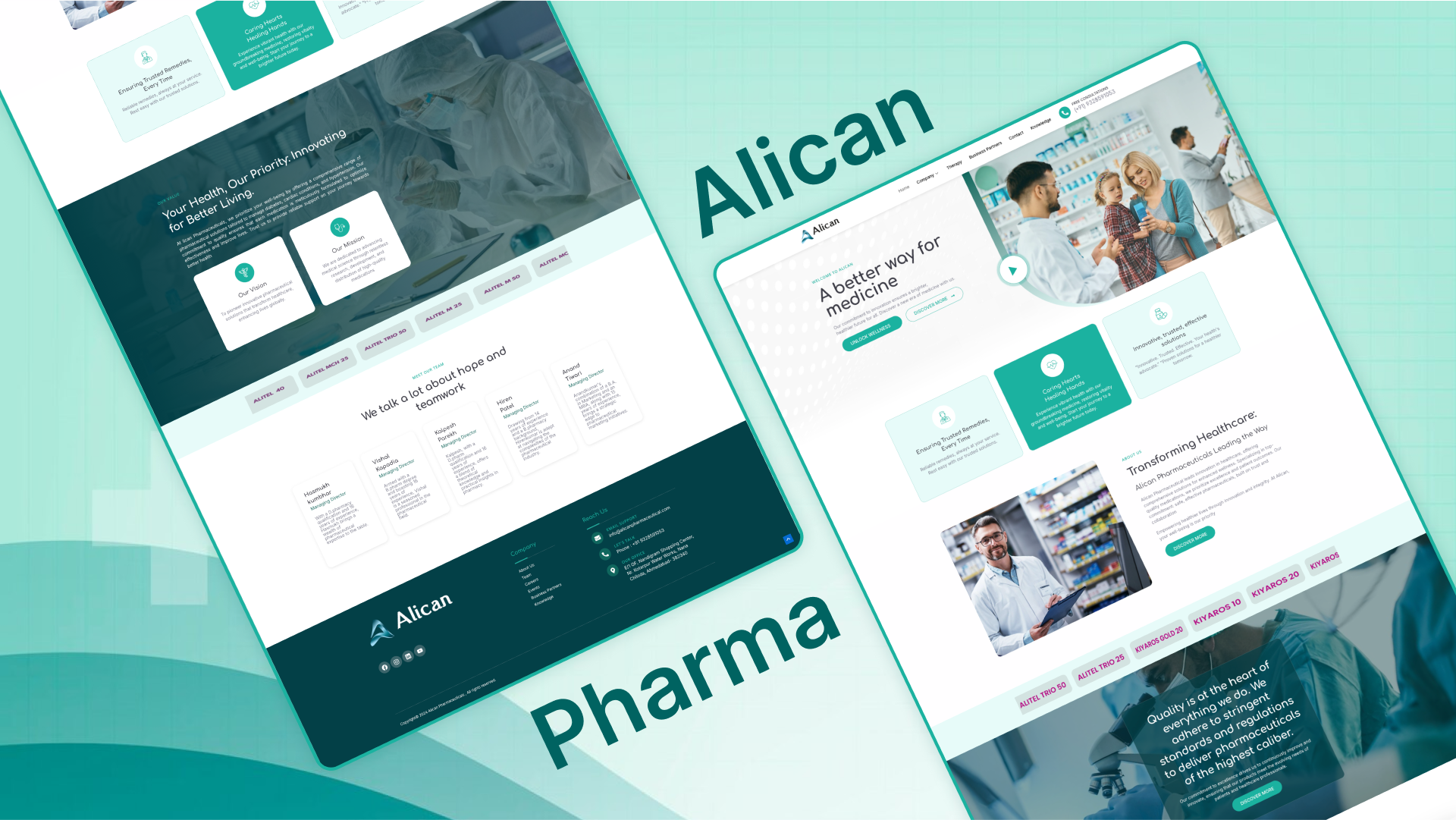

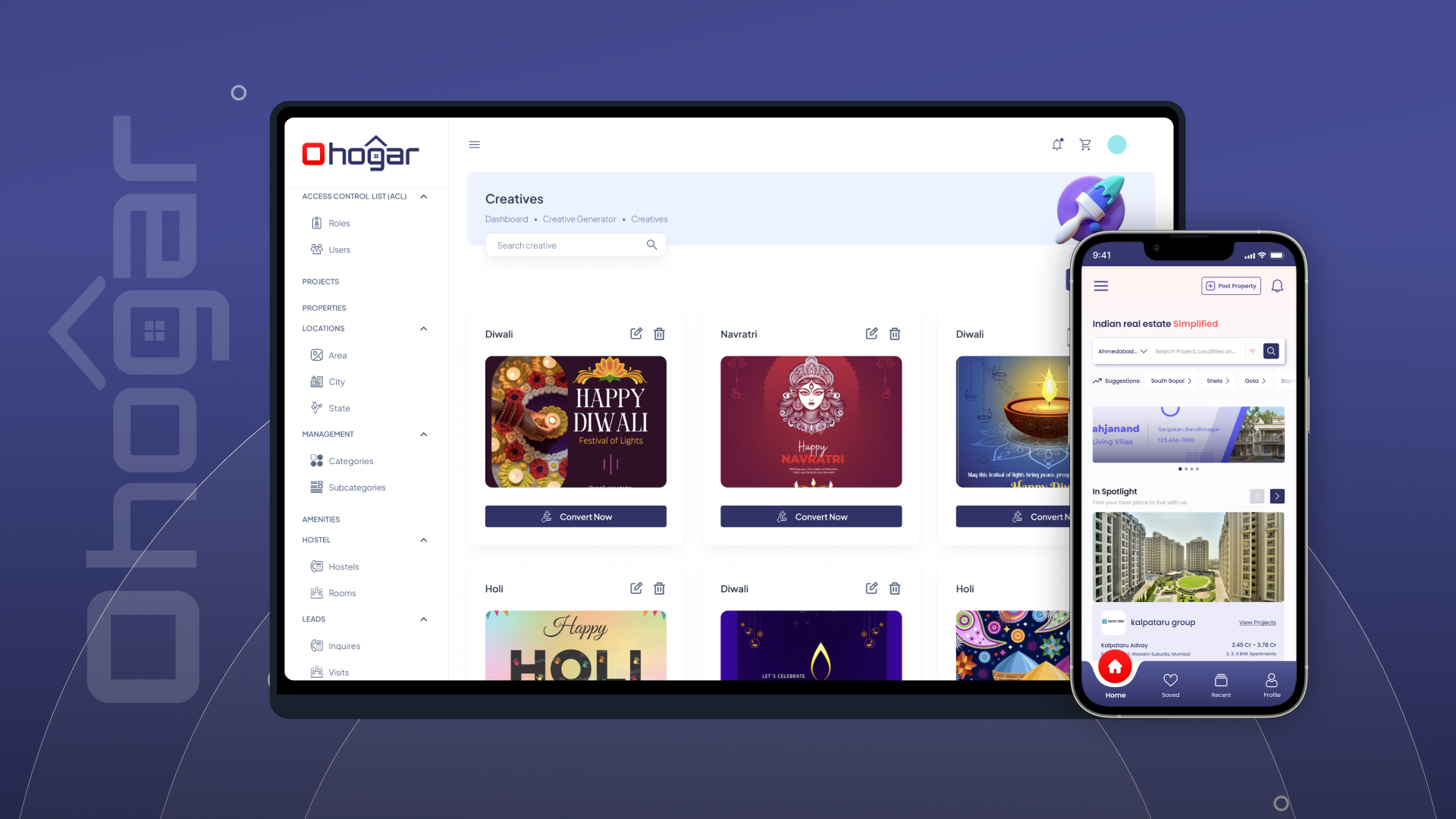

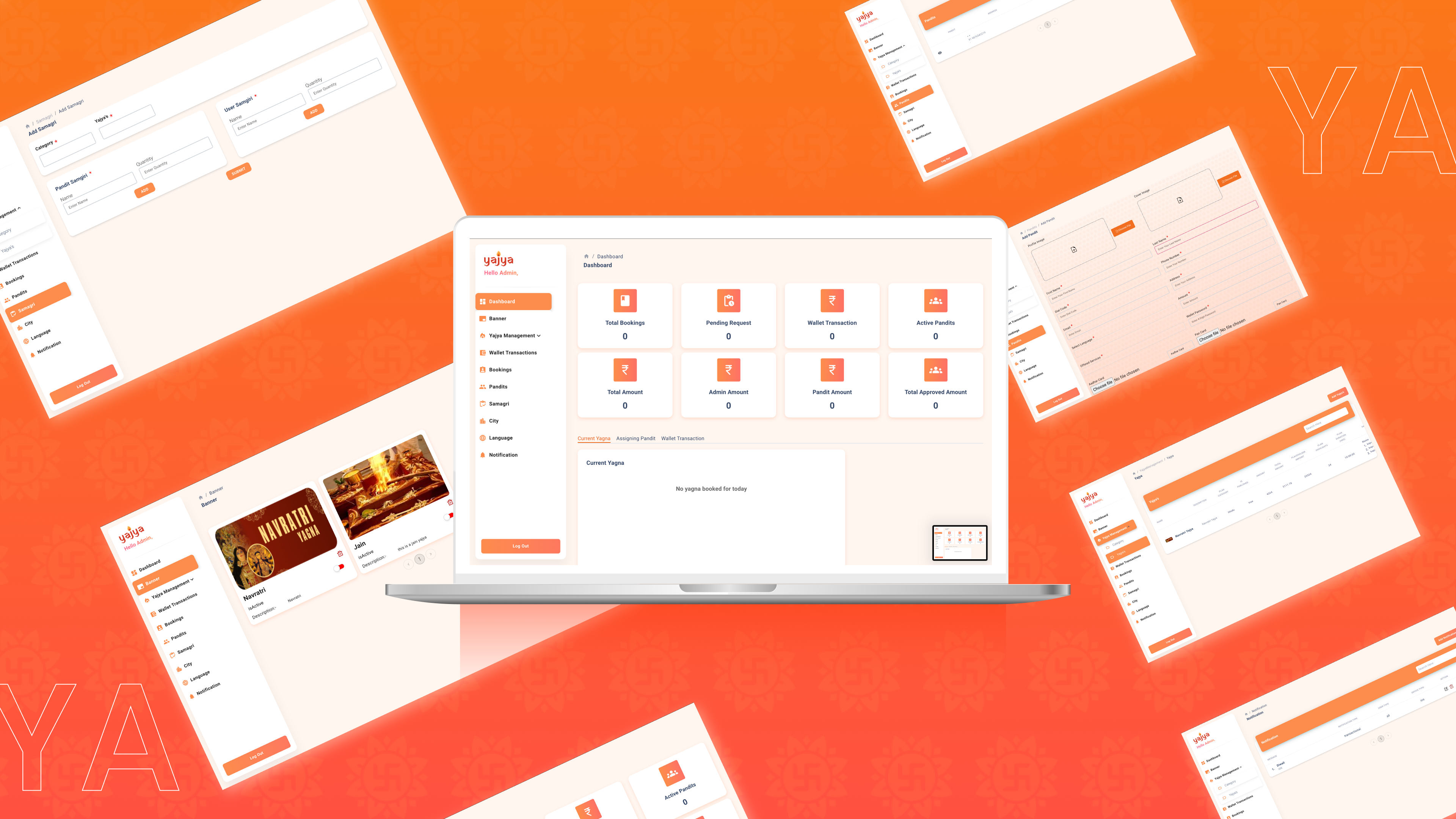















Docker is an open-source platform that automates the deployment, scaling, and management of applications using containerization technology. It allows developers to package applications and their dependencies into containers, ensuring consistency across different environments and simplifying deployment processes.
Docker offers several benefits, including consistent environments across development, testing, and production, simplified application deployment, easy scalability, and improved resource utilization. Containers also enable rapid deployment and integration, facilitating continuous integration and delivery (CI/CD) processes.
Docker uses containers to encapsulate an application and its dependencies into a lightweight, portable unit. Containers run on the Docker engine and share the host operating system’s kernel, providing isolation and consistency while being more efficient than traditional virtual machines.
Docker containers are more lightweight than traditional virtual machines (VMs) because they share the host OS kernel rather than running their own OS. This results in faster startup times, lower overhead, and better resource utilization. VMs require a full OS per instance, which increases complexity and resource consumption.
CodnestX uses Docker to streamline application development, testing, and deployment processes. By containerizing applications, we ensure consistency across environments, simplify dependency management, and facilitate scalable and reproducible deployments.
Yes, Docker can be used with existing applications by containerizing them. This involves creating a Dockerfile to define the application’s environment and dependencies, then building and running the application in a Docker container. This process helps modernize and standardize application deployment.
Docker images are read-only templates used to create containers. They contain the application code, runtime, libraries, and dependencies. Dockerfiles are scripts used to build Docker images by specifying the necessary configurations and commands. They define how to assemble an image from a base image and additional components.
Docker supports scalability and orchestration through tools like Docker Compose, Docker Swarm, and Kubernetes. Docker Compose allows for defining and running multi-container applications, Docker Swarm provides native clustering and load balancing, and Kubernetes offers advanced orchestration and management capabilities for containerized applications.
Yes, CodnestX offers support and maintenance services for Docker-based applications. We provide assistance with container management, performance optimization, troubleshooting, updates, and scaling to ensure that your Dockerized applications run smoothly and efficiently.
The time required to containerize an application using Docker depends on the complexity of the application and its dependencies. CodnestX will assess your application and provide a timeline based on the specific requirements, ensuring efficient and effective containerization.
B-805 & 806 Titanium Heights, Ahmedabad-380015
+91 8347223366
499 Katherine Road, E78 DR London, United Kingdom
+44 7442 154609
255 Amelia Street, Westminster WA, Perth
+61 435 446 267
389 Baseline Road - West, London, Ontario N6J 1W7
+1 (226) 219 - 6860
All copy right reserved 2025 @CodnestX